Monroe County voting machines pass required logic and accuracy test
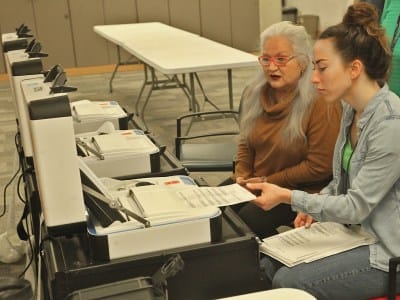
Every candidate for any office in the Monroe County primary elections got exactly six votes—and that’s the way it was supposed to turn out on Thursday.

The occasion was the logic and accuracy test of voting equipment that’s required under state statute.
It was conducted at the old Johnson Hardware building at 7th and Madison streets, aka Election Central.
The six votes for each candidate meant that the logic and accuracy test for the Hart InterCivic machines had passed with 100 percent accuracy, according to Bob White, with B&L IT Services. That’s the consultant used by Monroe County for technical election support.
Three identical test decks of 79 different printed ballot types were generated by Hart InterCivic. Each test deck was set up so that every candidate was supposed to receive exactly one vote, when tallied across all 79 ballots.
The first phase of the test involved feeding the test decks into three random vote tabulator machines selected from the county’s inventory.
The next phase was to create three additional test decks, by using three different accessible ballot writing machines. They are machines that can be used by voters who can’t use a pen to mark a ballot—because of low vision, or a lack of manual dexterity.
The marking machines accept input in several ways, including a “game controller” style console with audio feedback. The ballot writers can also accept input from sip-and-puff devices.
On Thursday, election division staff used the touchscreens to manually key in the results for each ballot needed for a test deck. After keying in the results for a ballot, the ballot got printed.
The three test decks printed by the ballot writer machines were then fed into the tabulators. The three decks created by Hart InterCivic, plus the three decks generated by the ballot writers, meant that each candidate should have received exactly six votes. And that’s the number they received.
Asked what happens if the tally is off, B&L’s White told The B Square the ballots that were created by the ballot writers would be checked—to see if a vote was keyed in wrong. Every time he’s seen a mistake in the initial report, White said, it has been because a ballot was keyed in wrong.
Update: Conversion of former NAPA building.
Here’s a view on March 19, 2022 of the inside of the former NAPA building at the corner of 3rd and Walnut Streets. It’s being converted to serve as a location for early in-person voting starting April 5, 2022.

Photos: Logic and Accuracy Test of voting equipment (March 17, 2022)
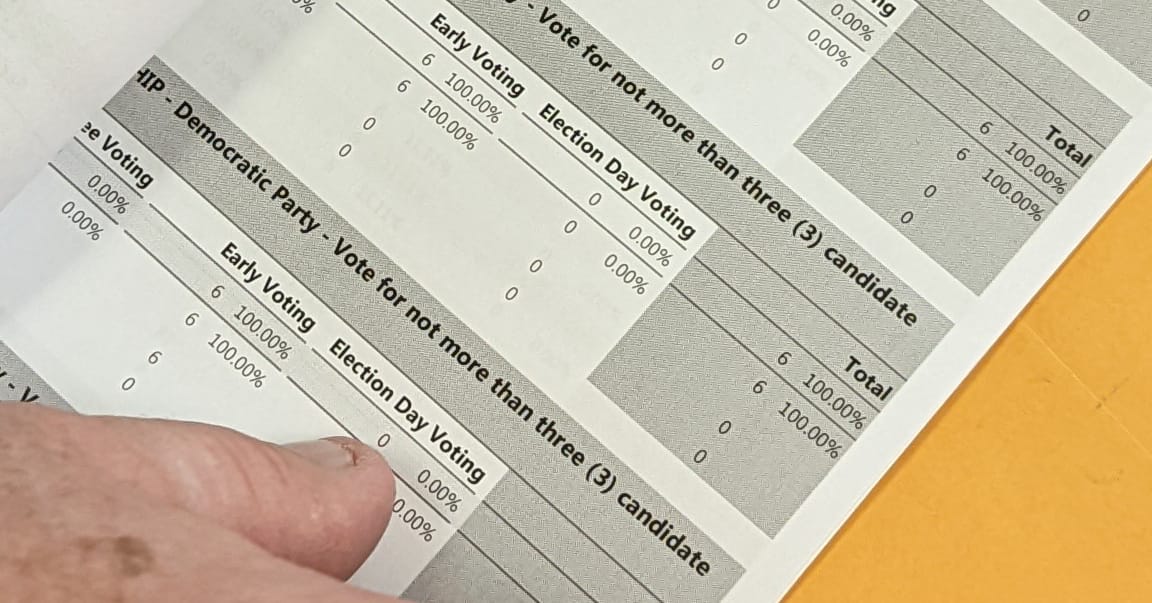
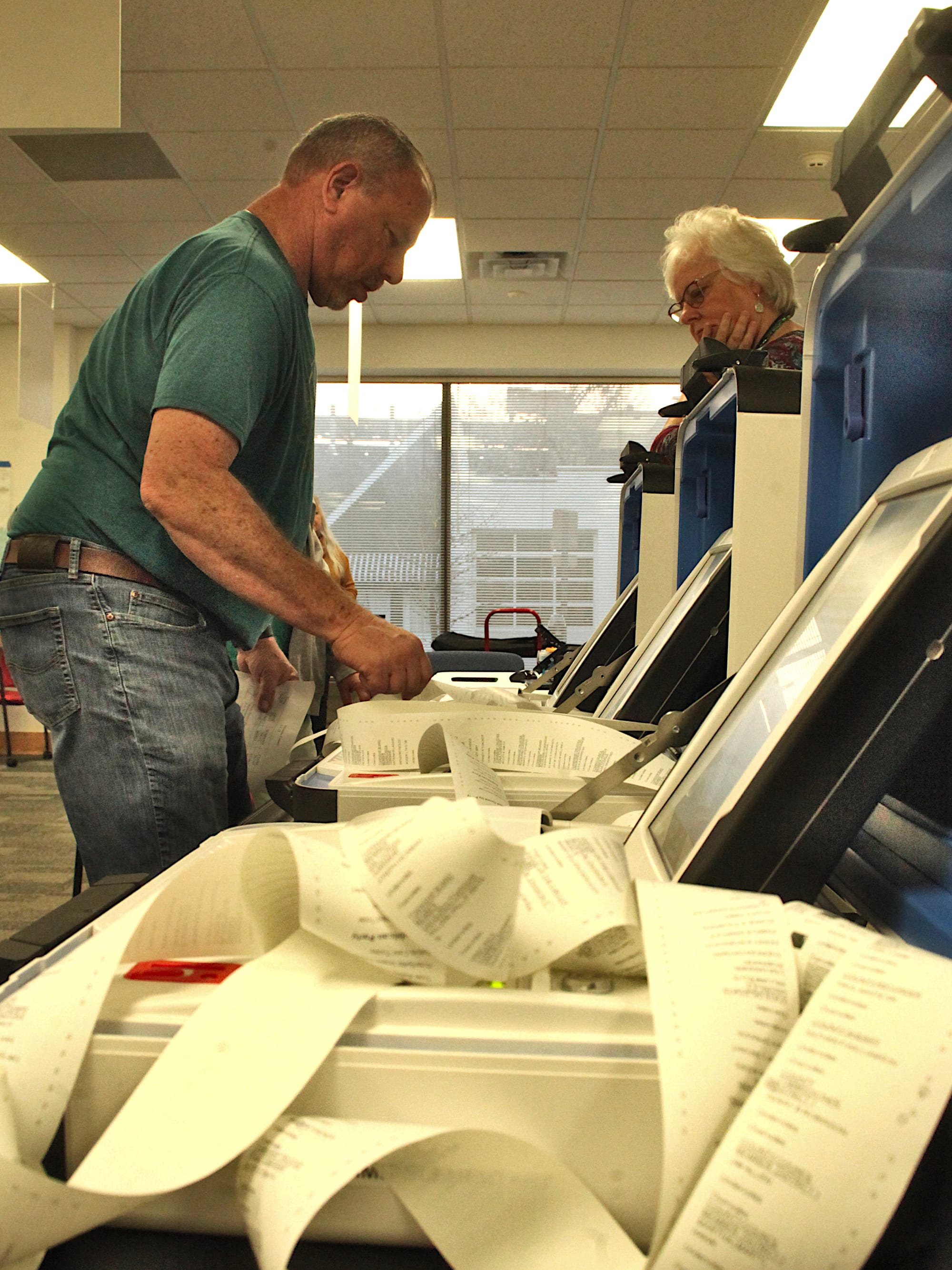
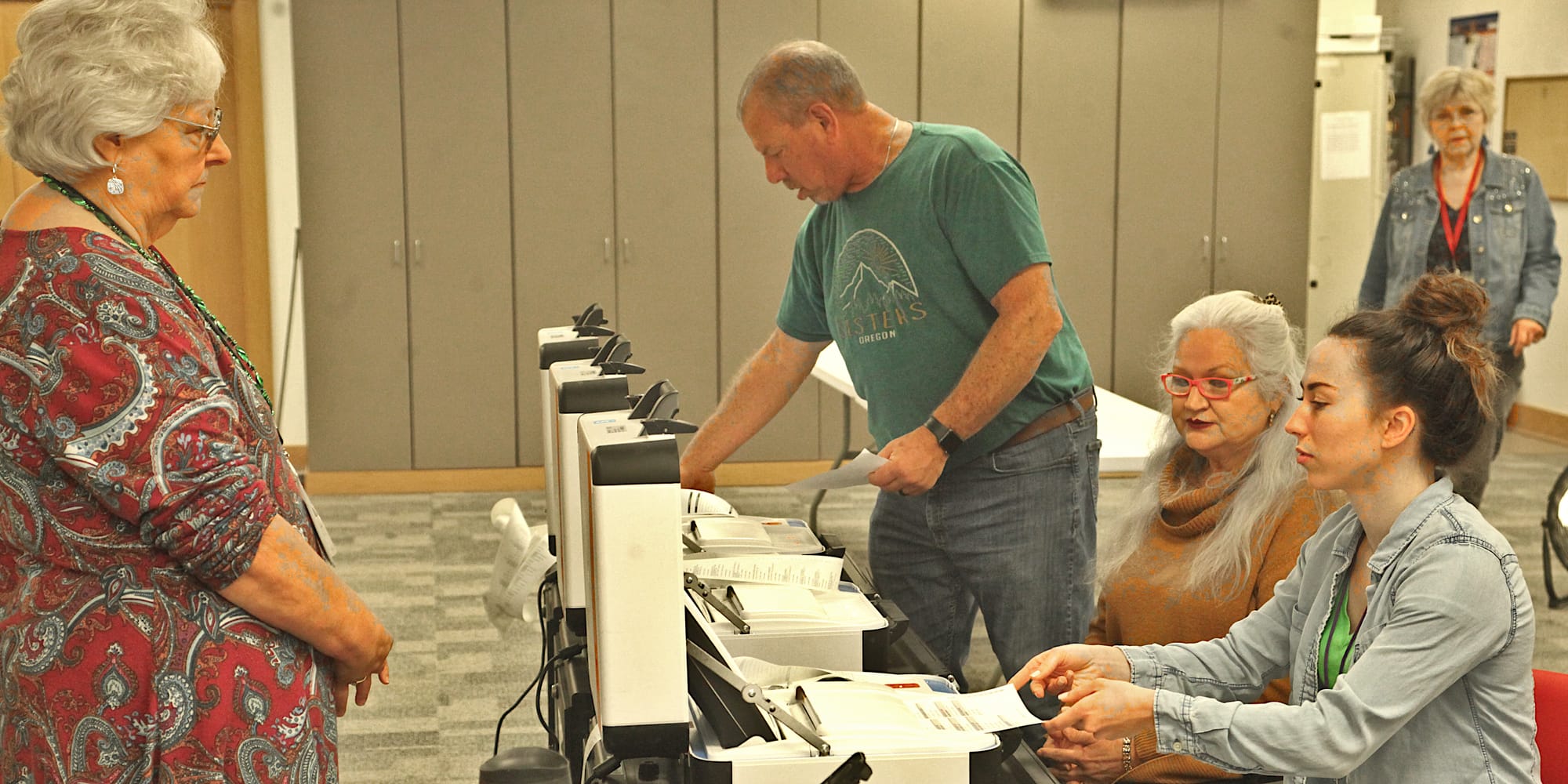
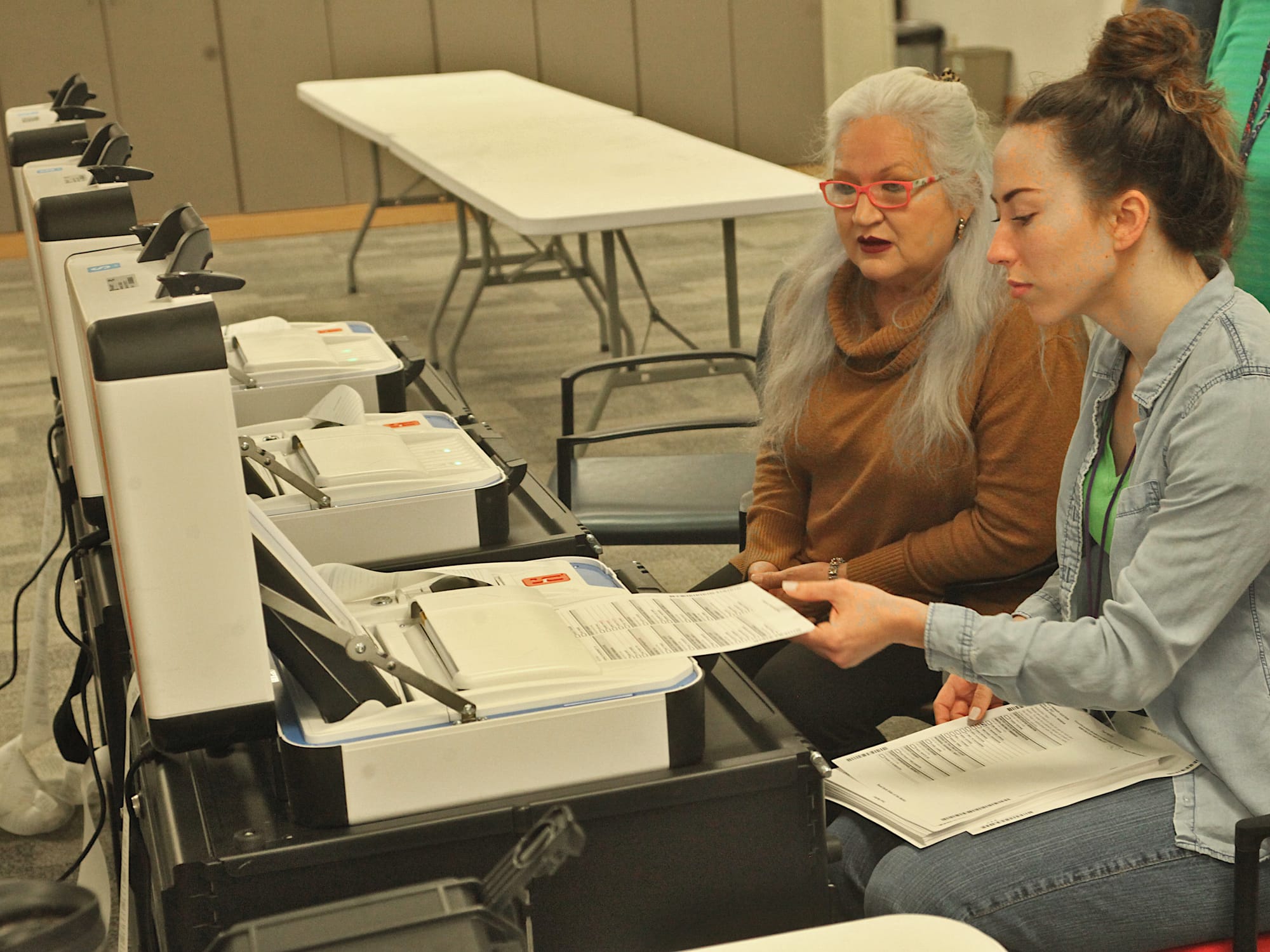
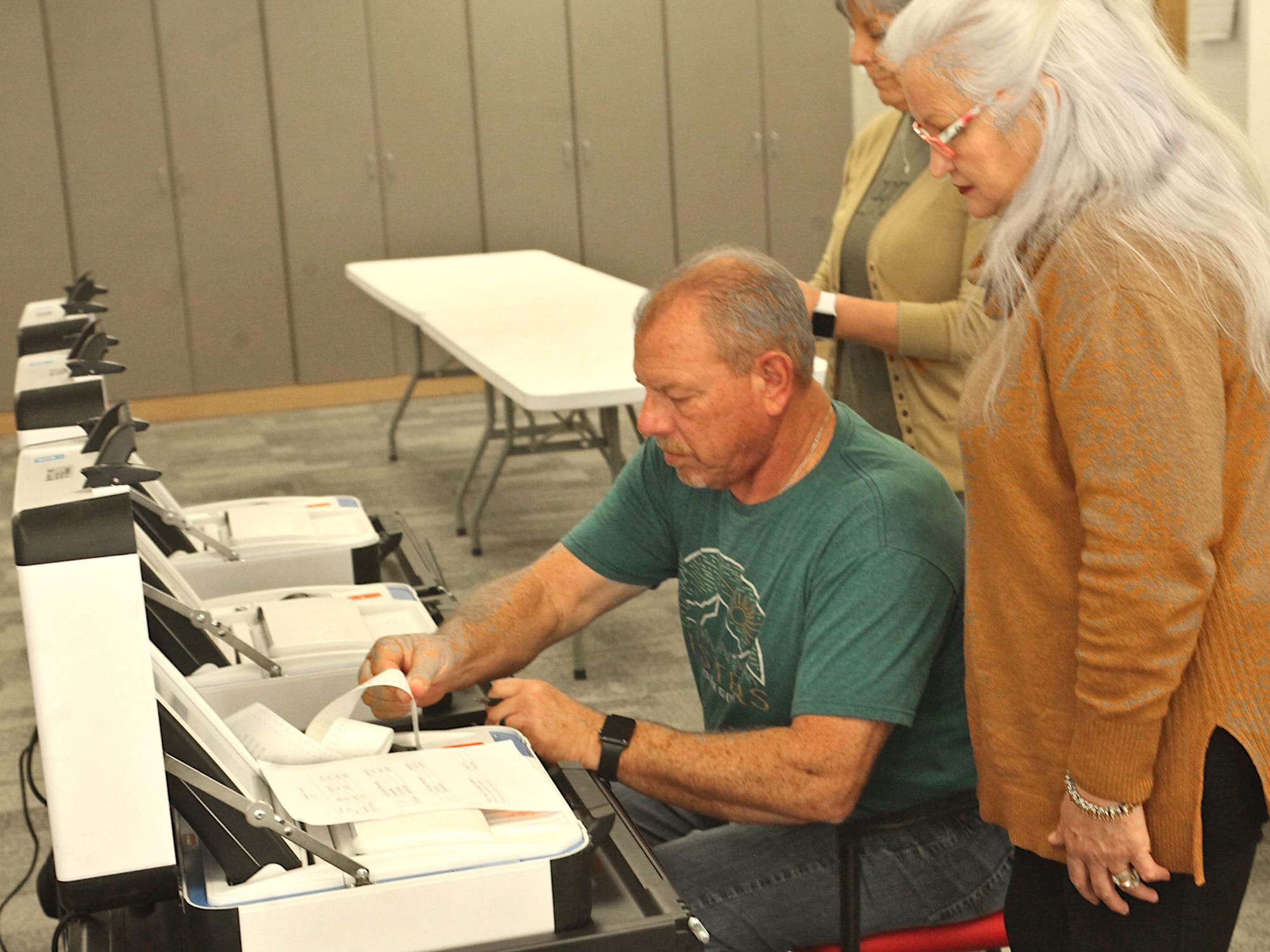
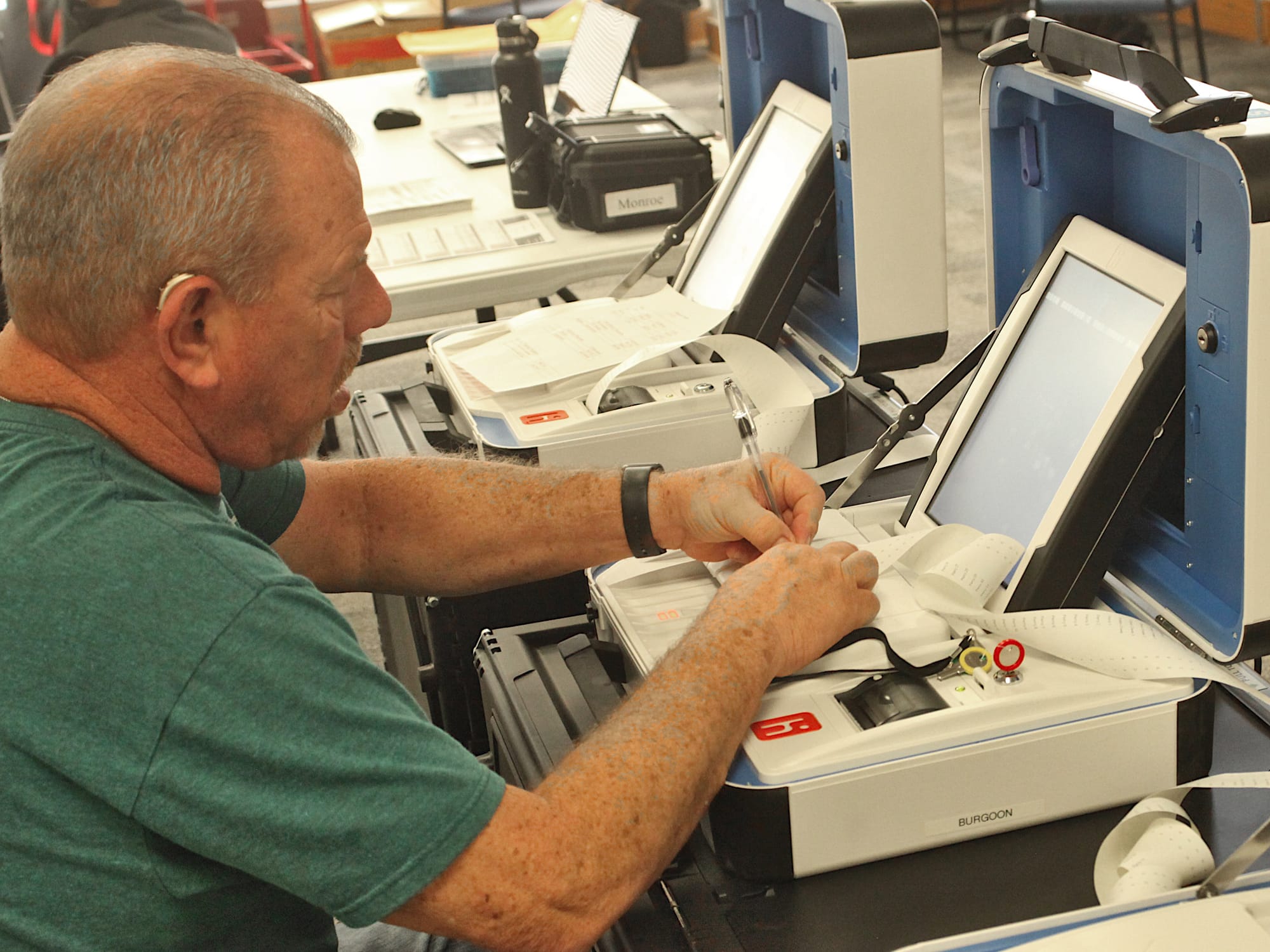
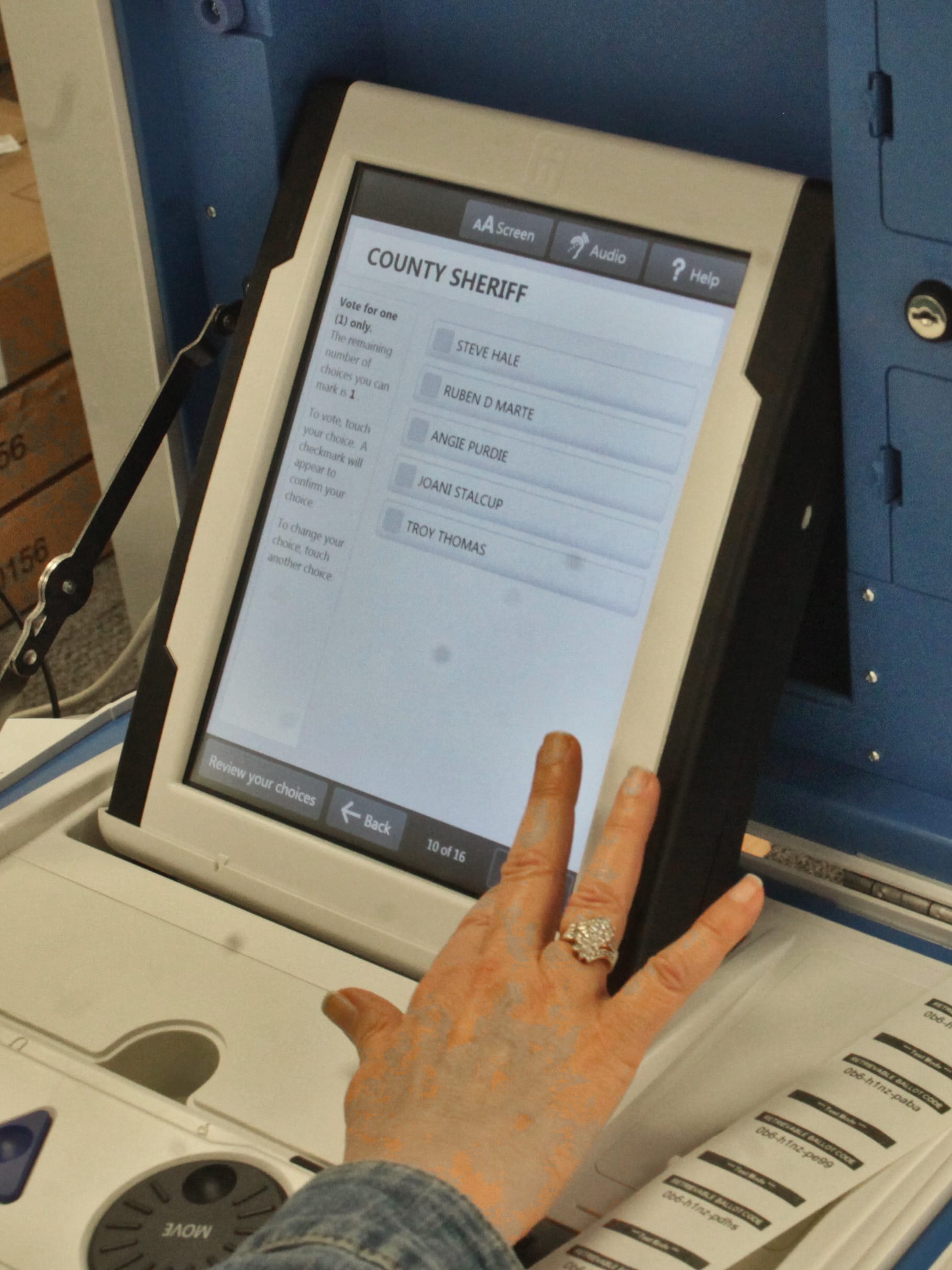
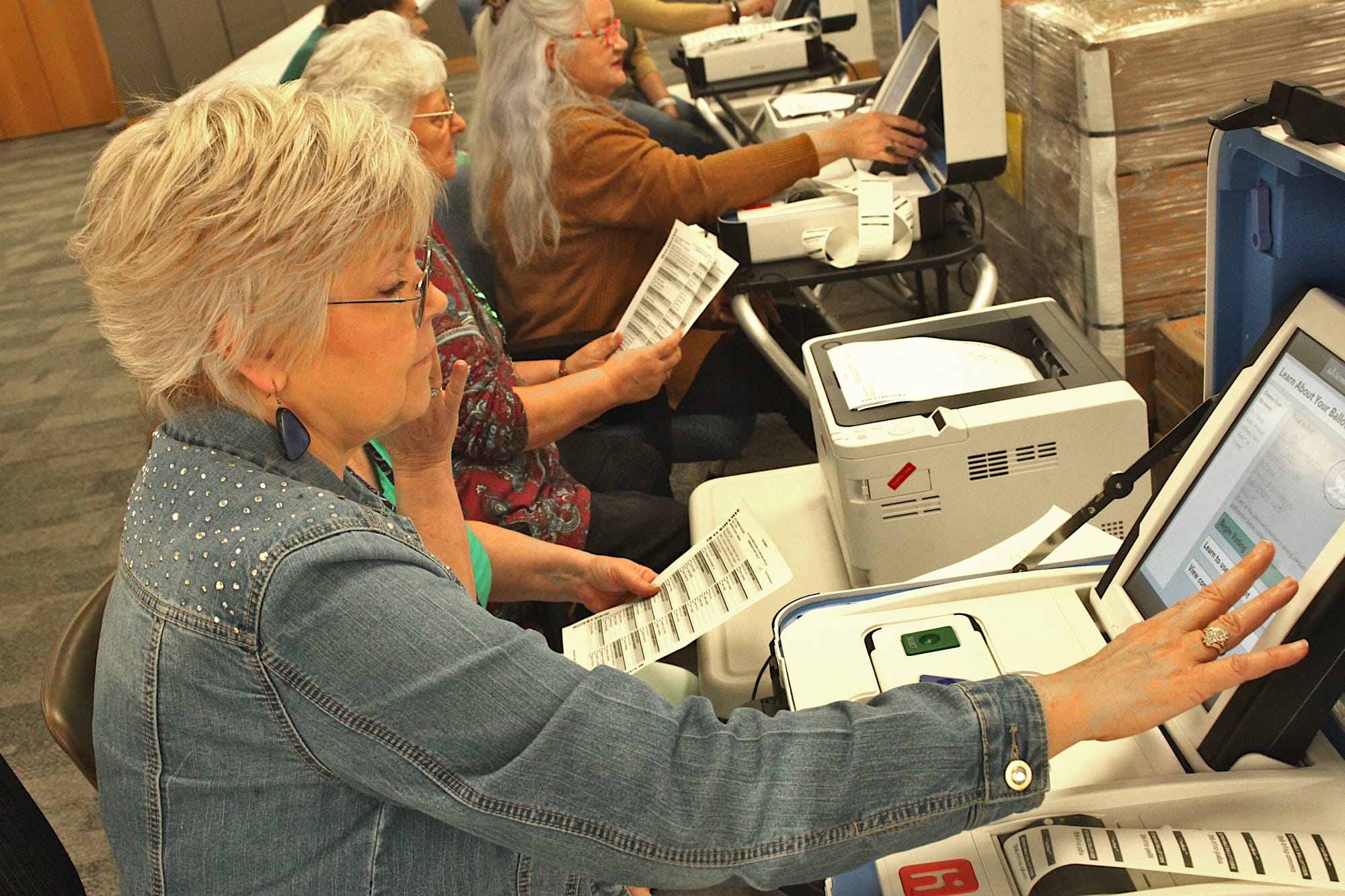




Comments ()